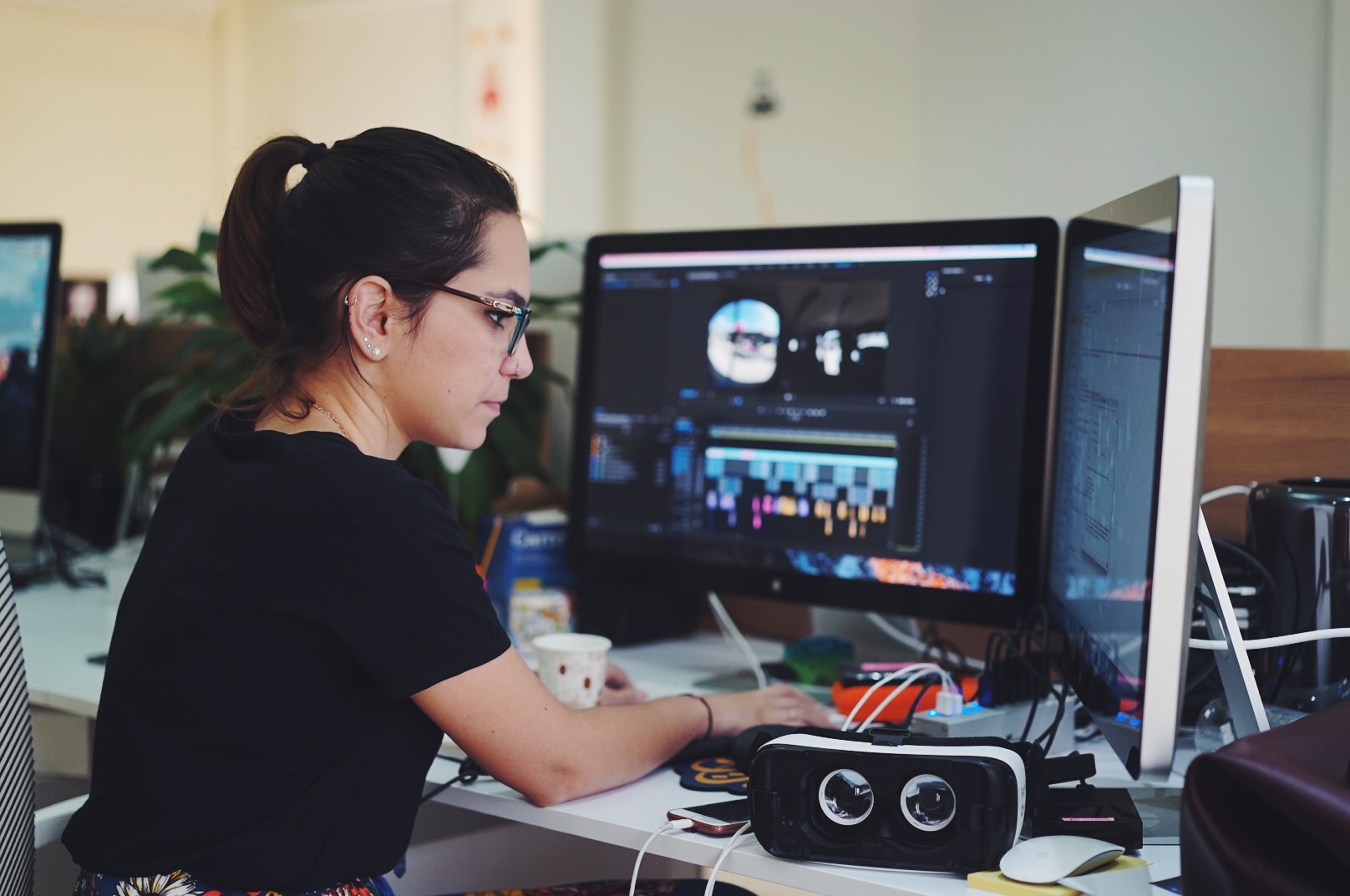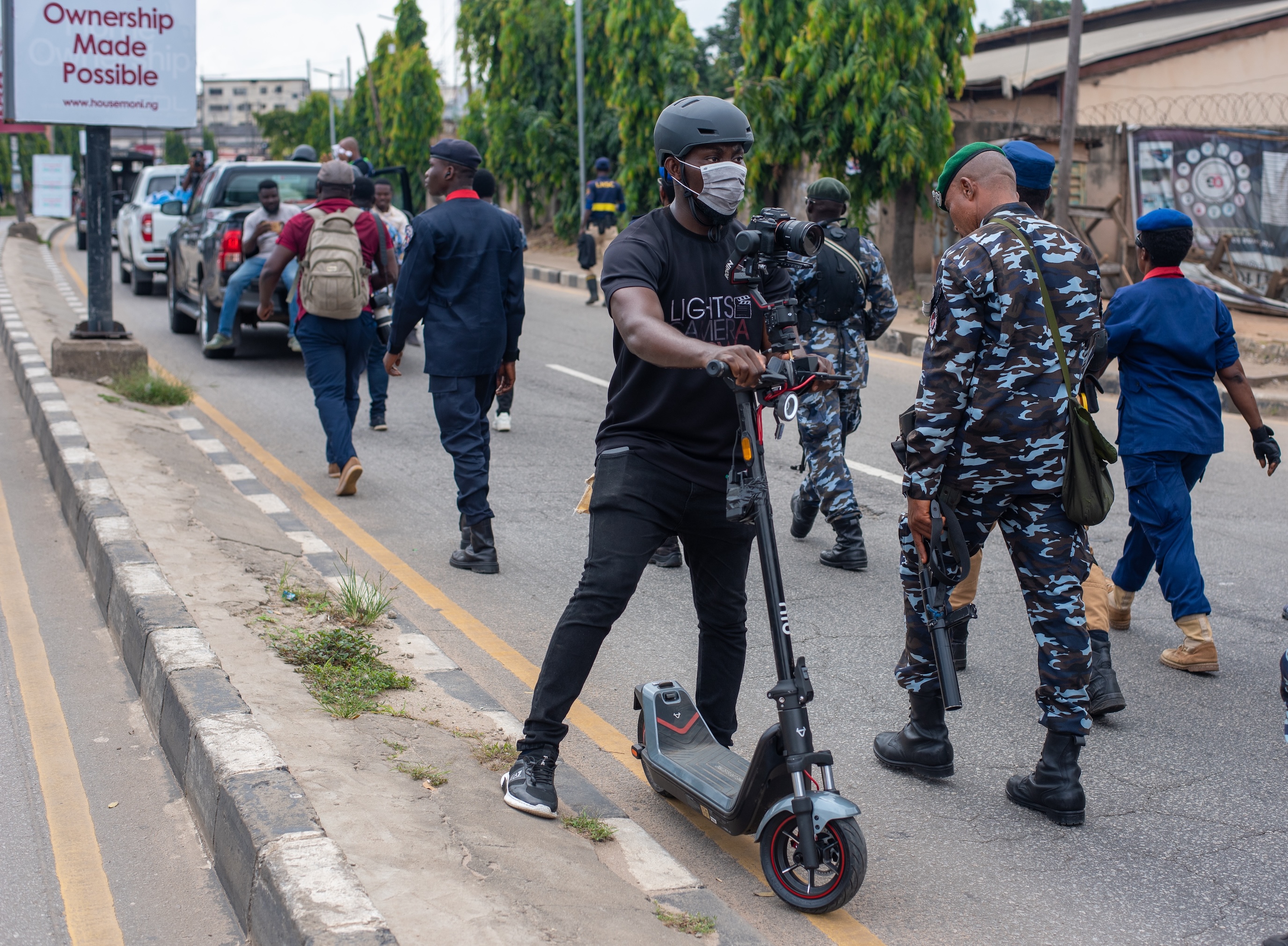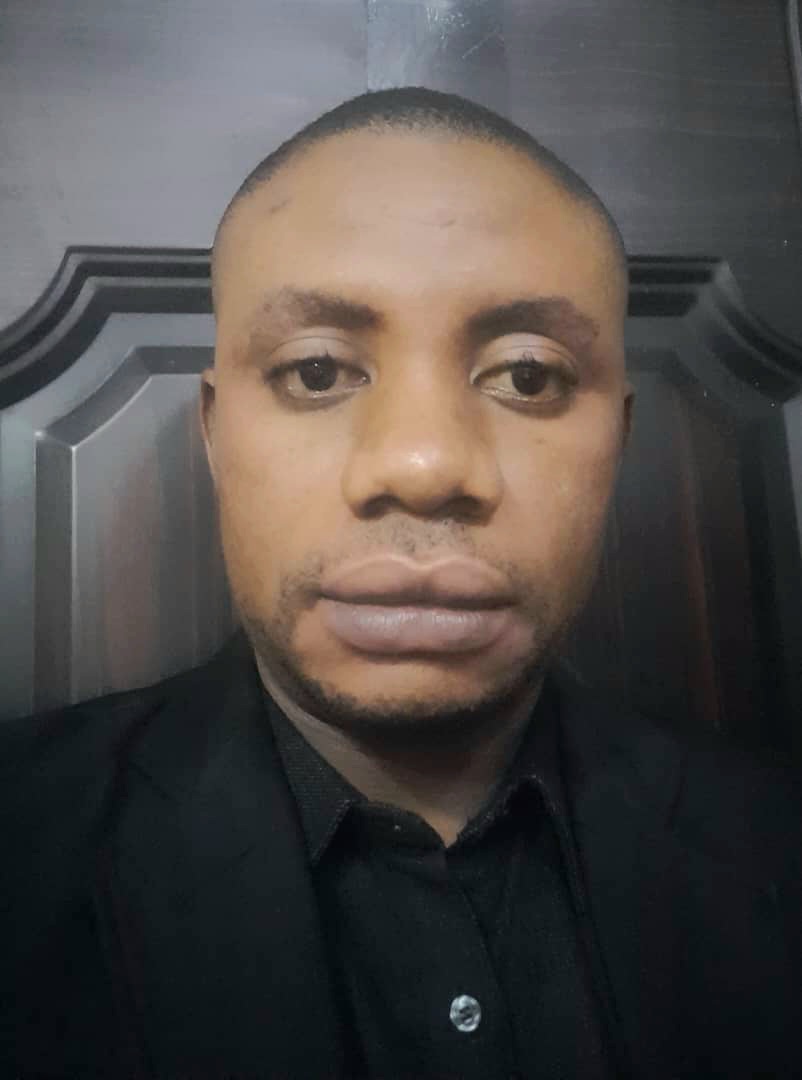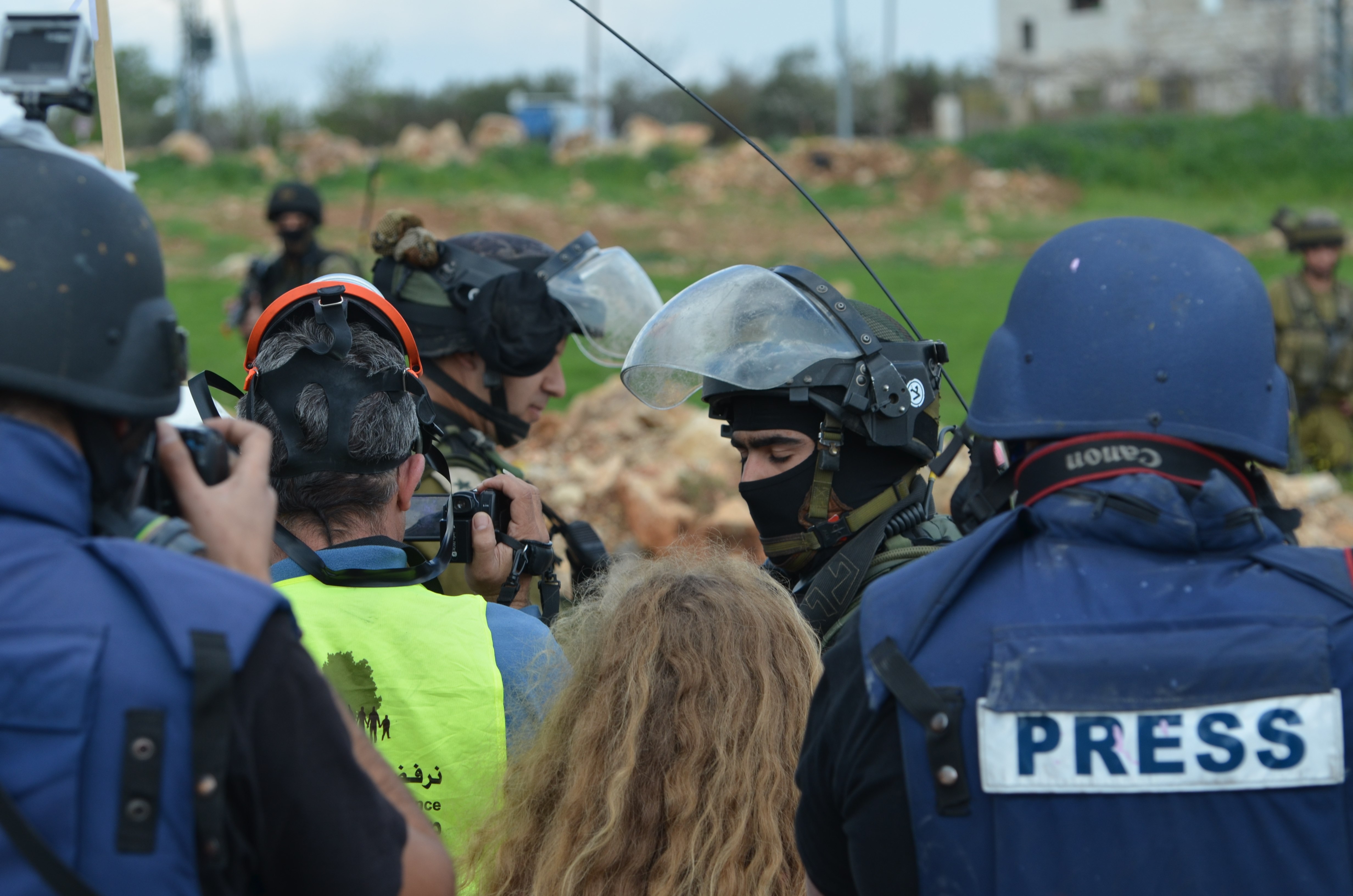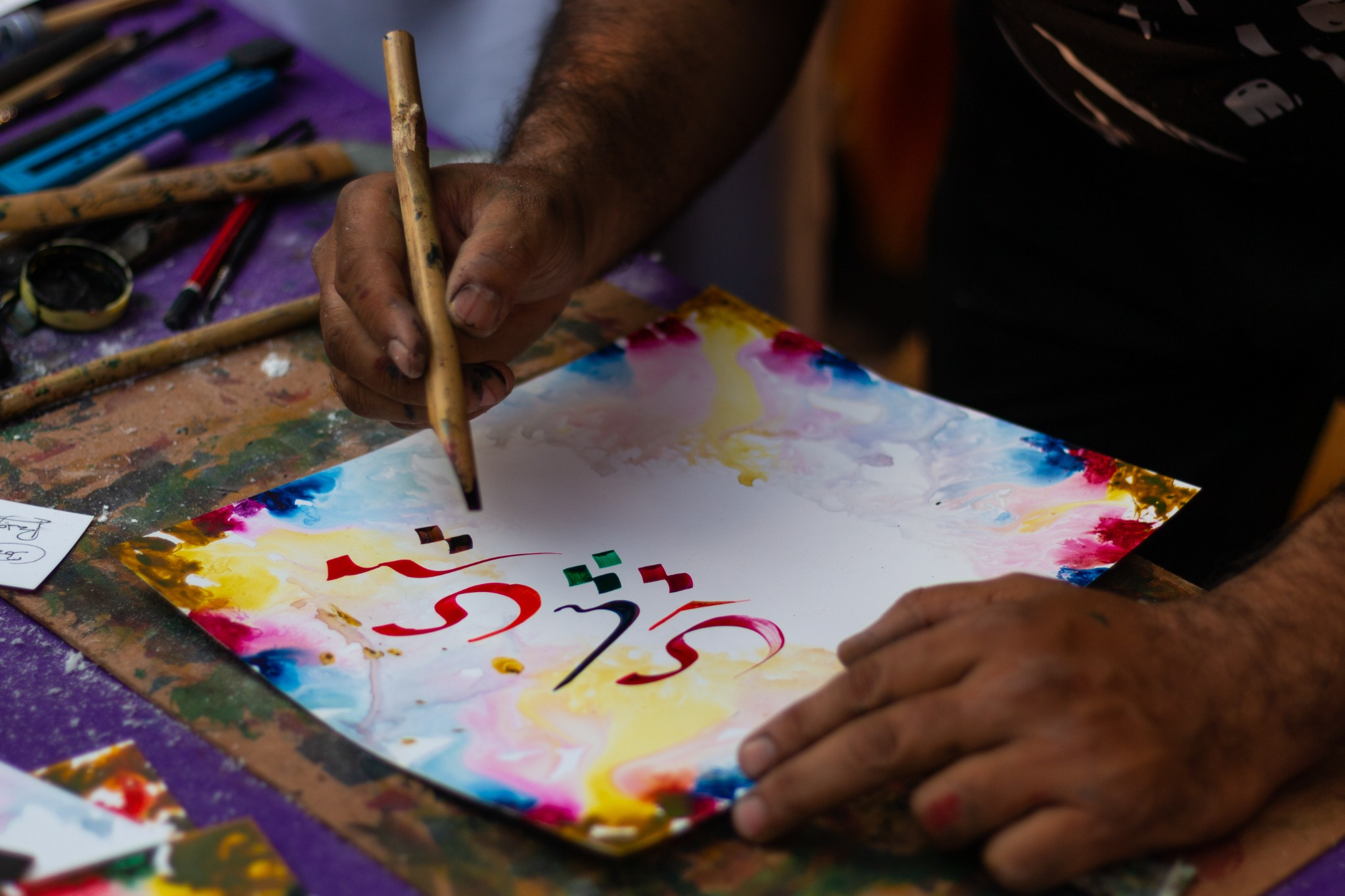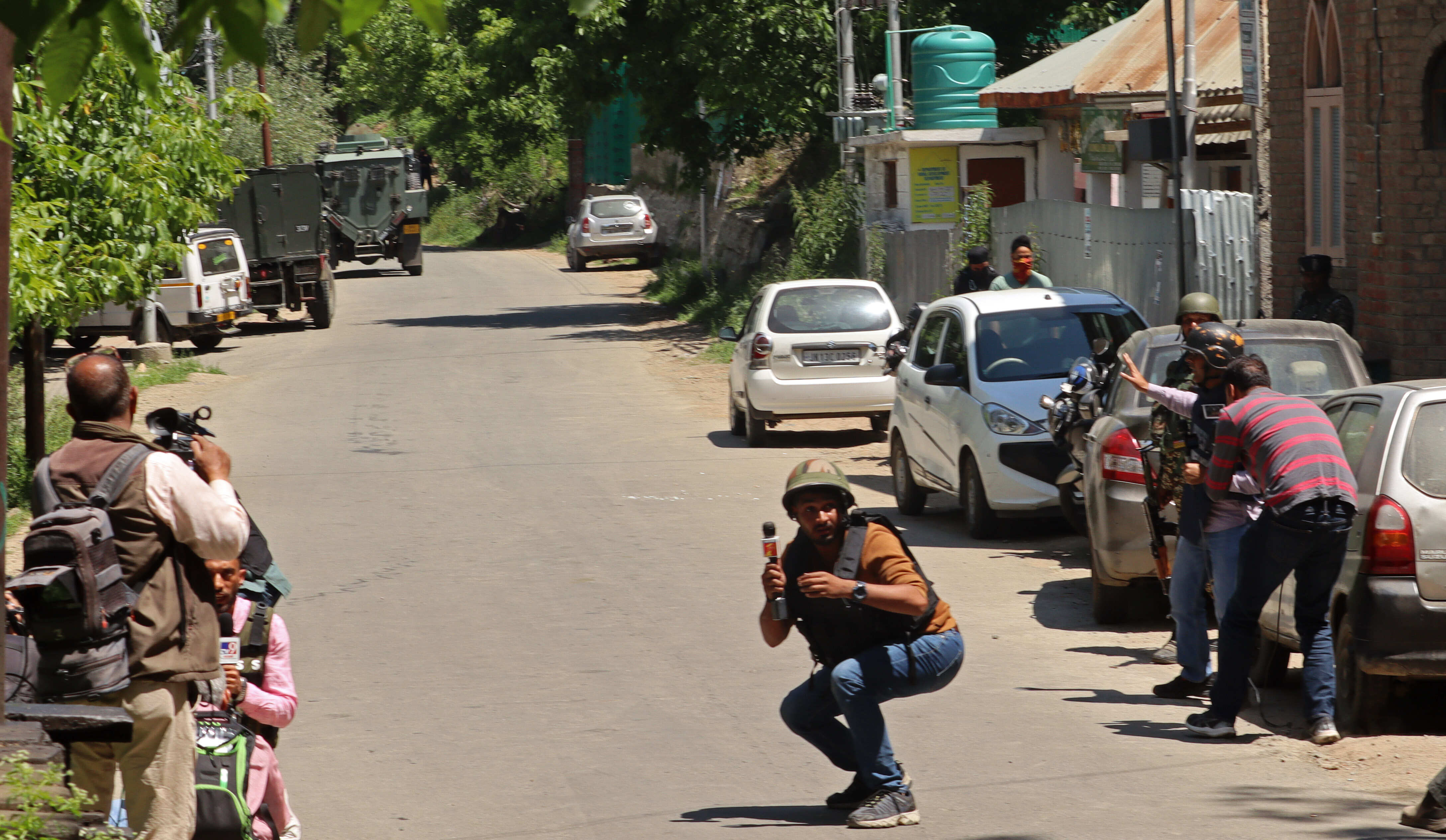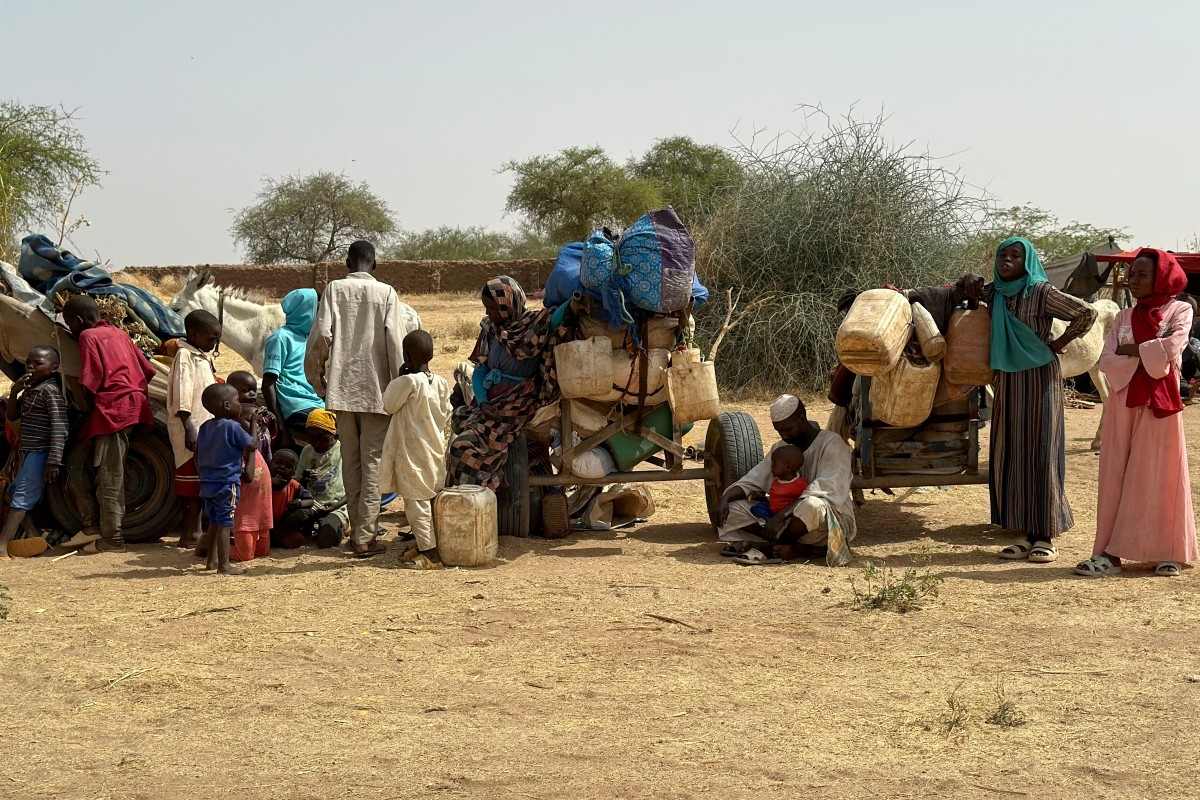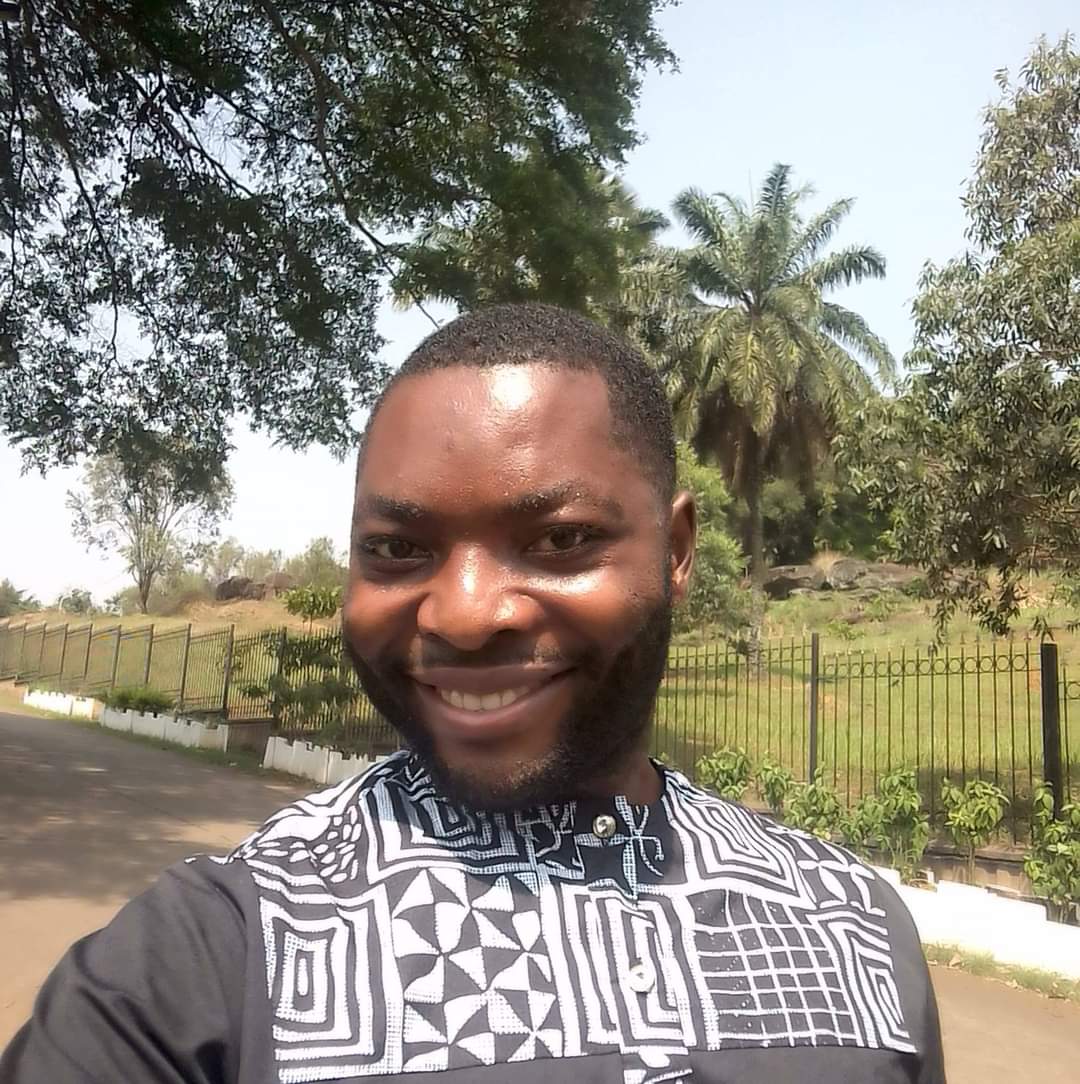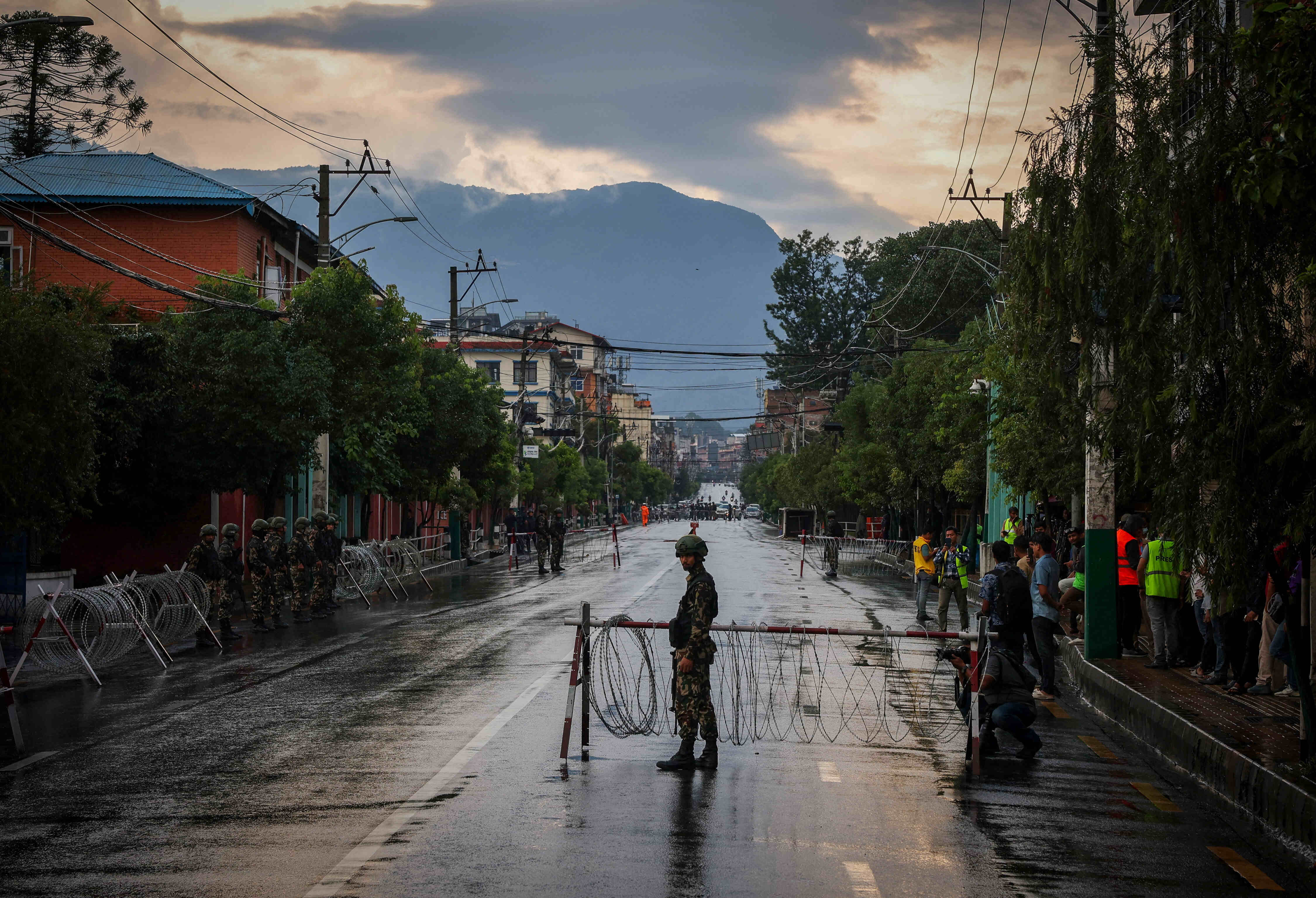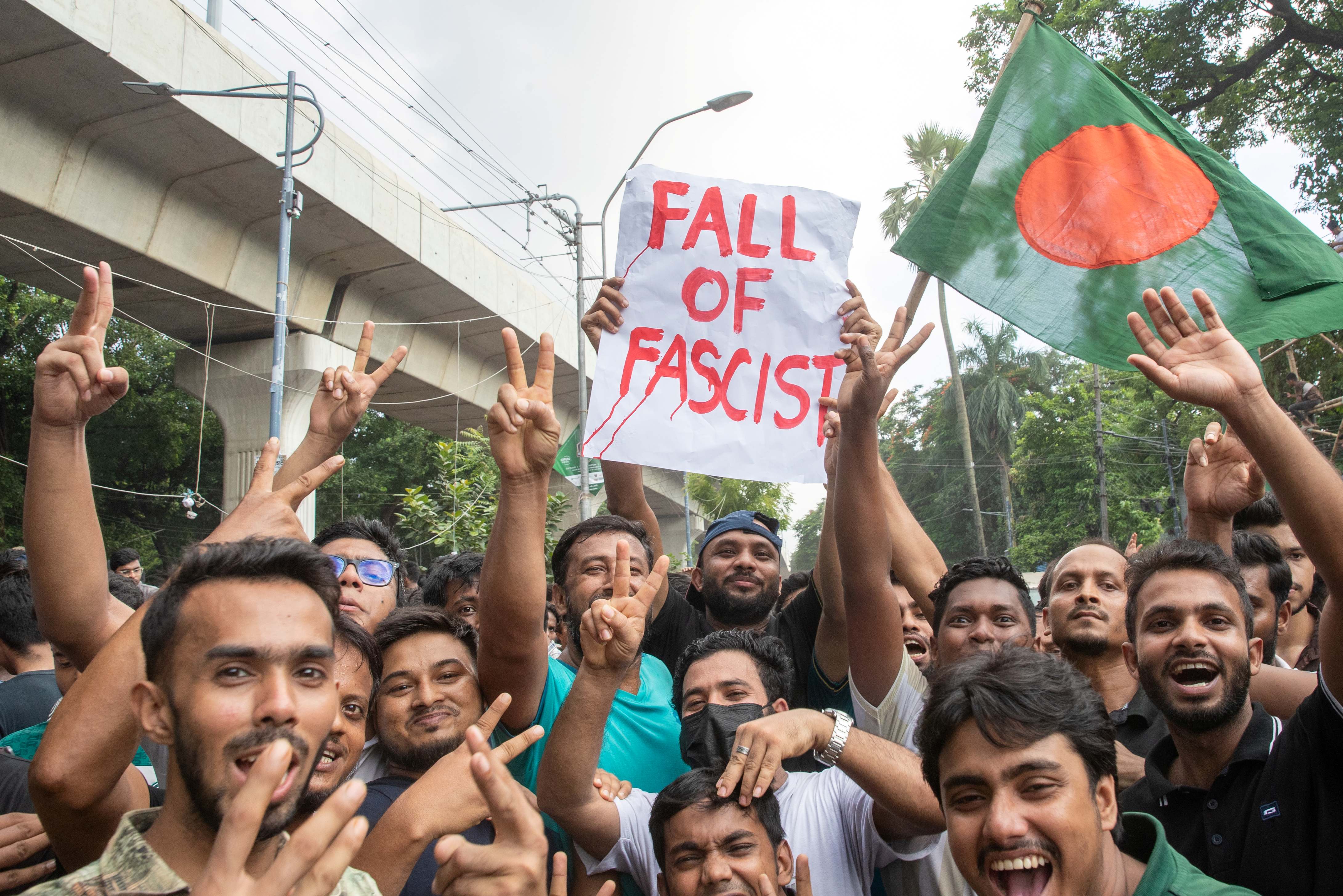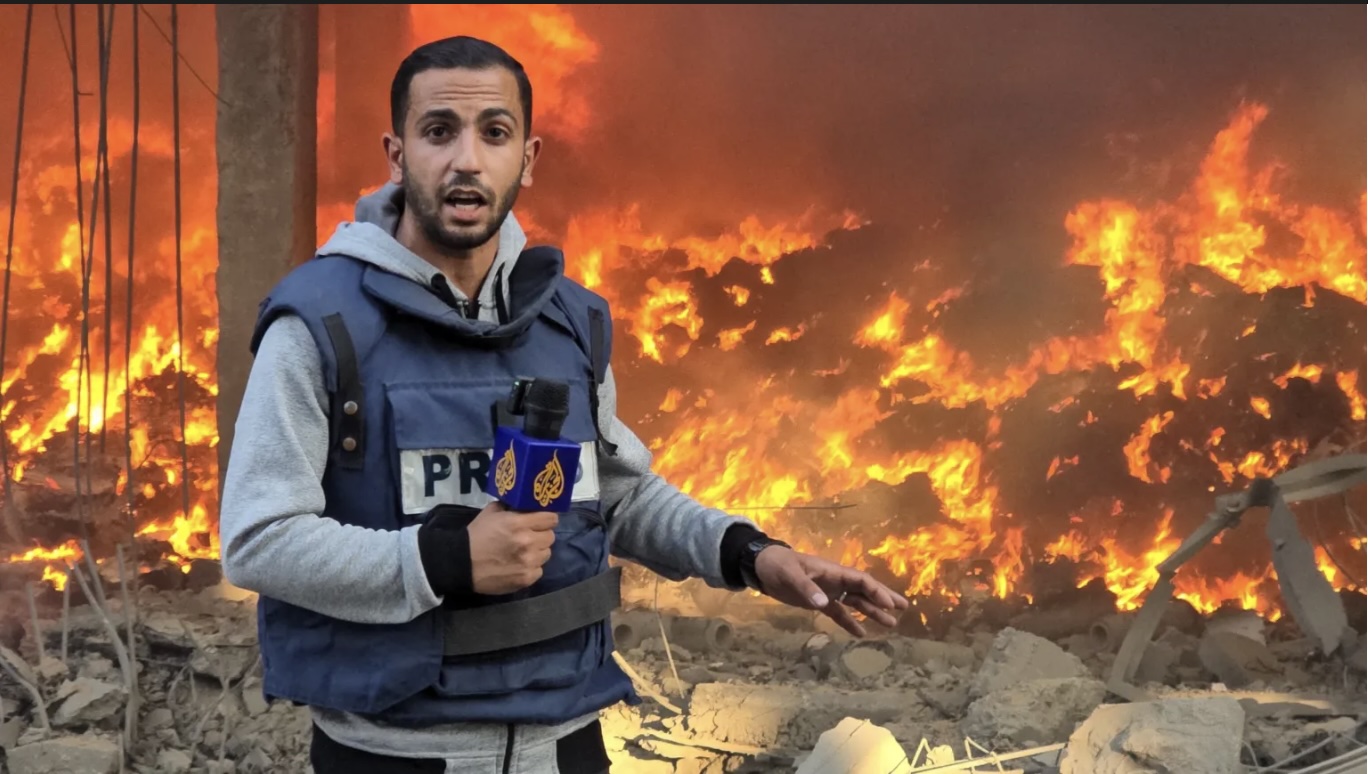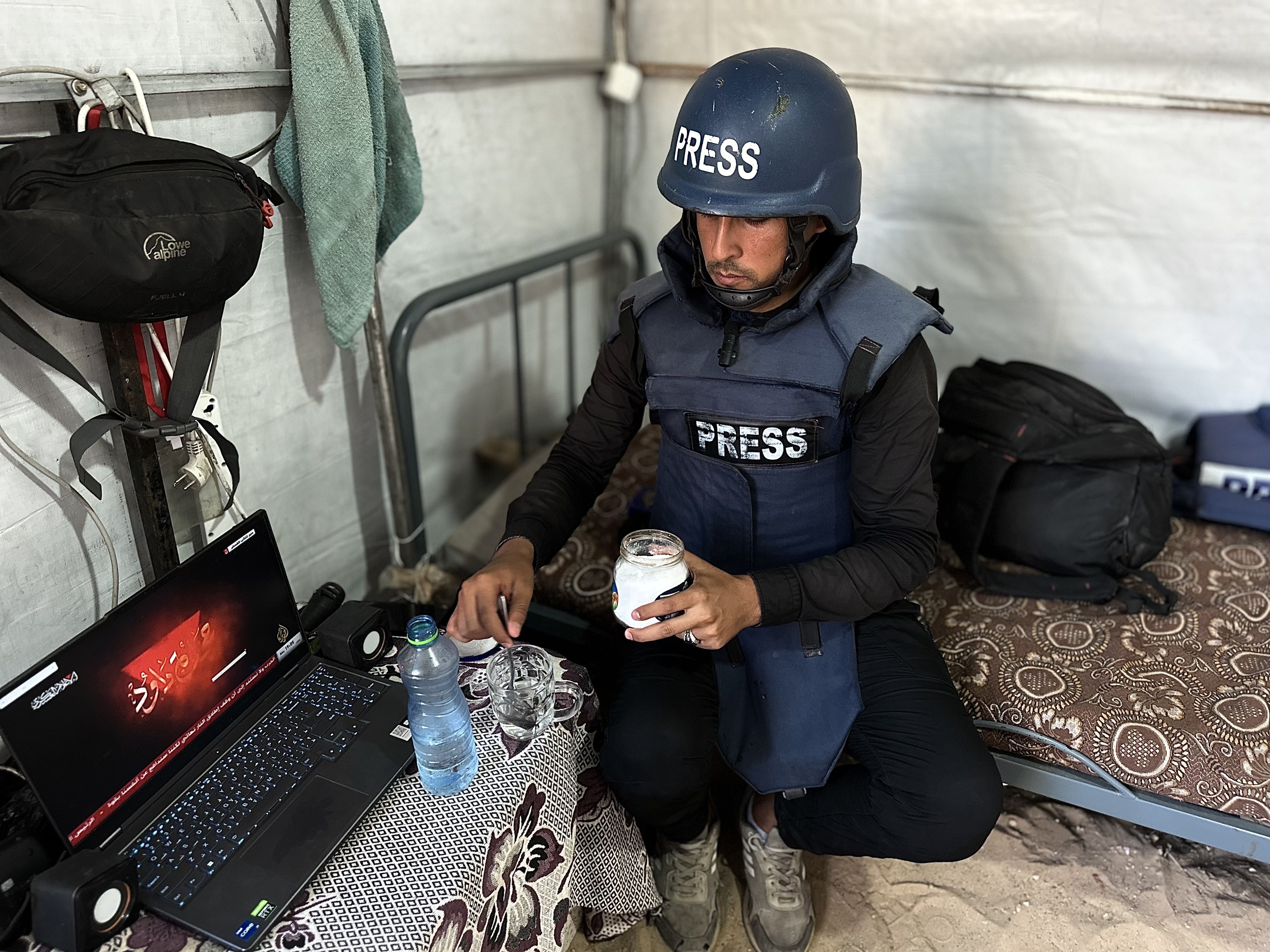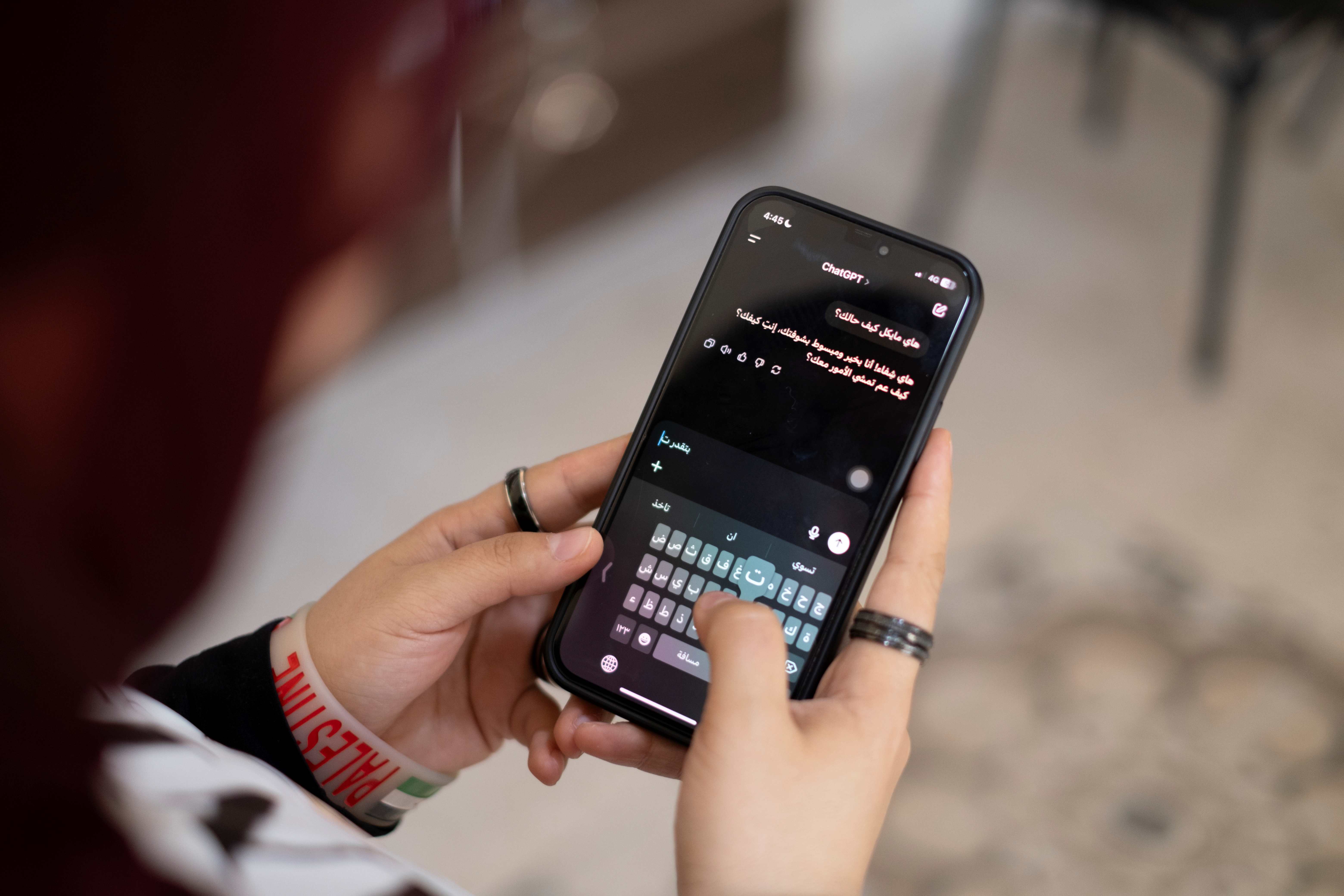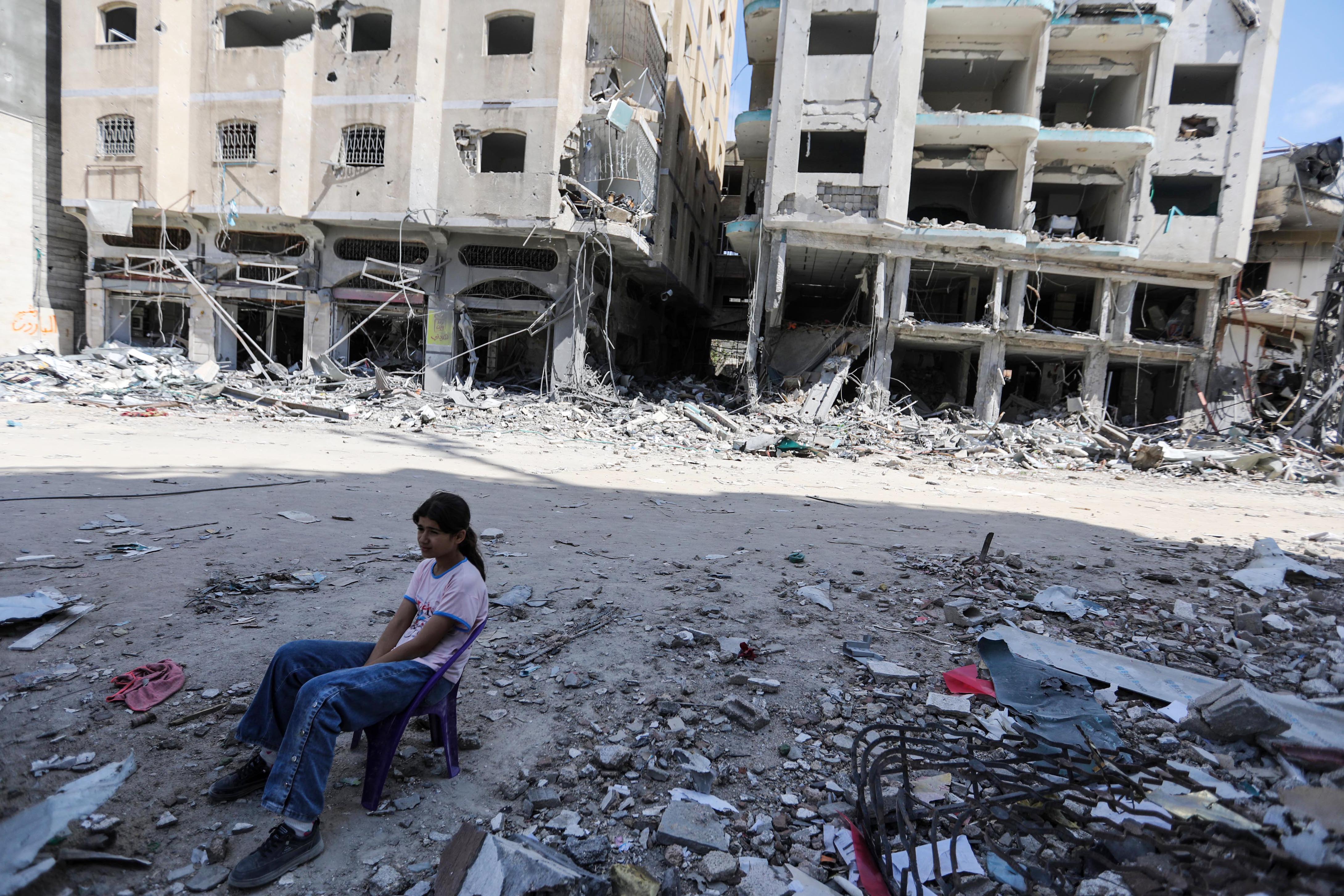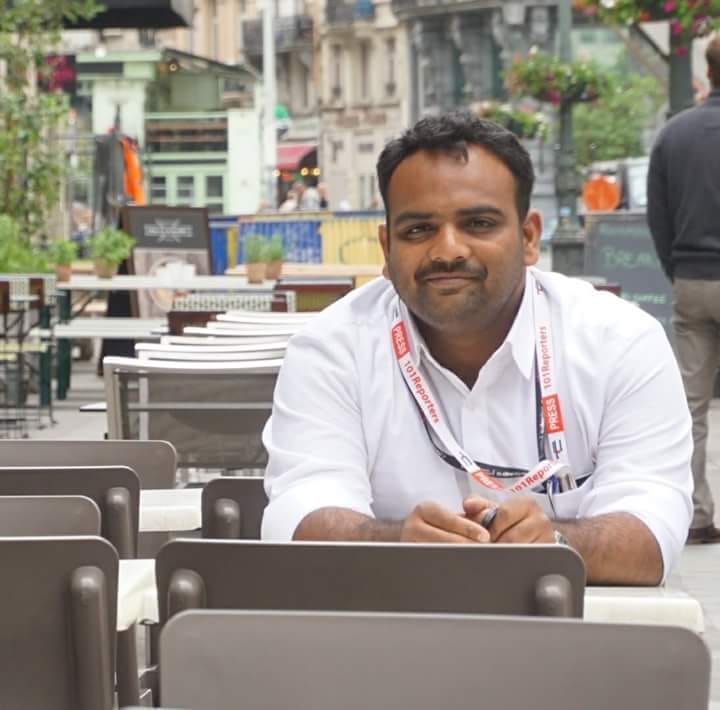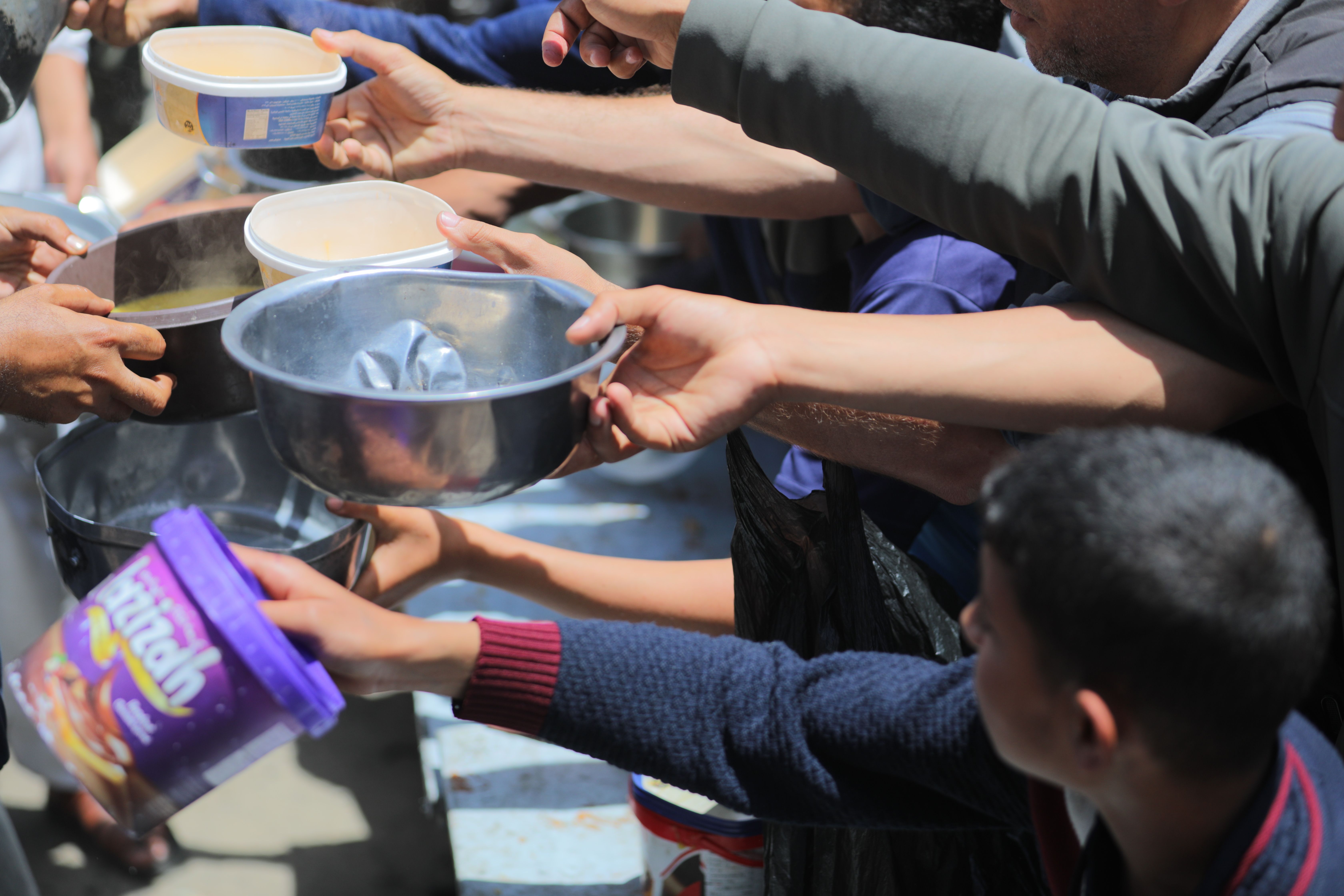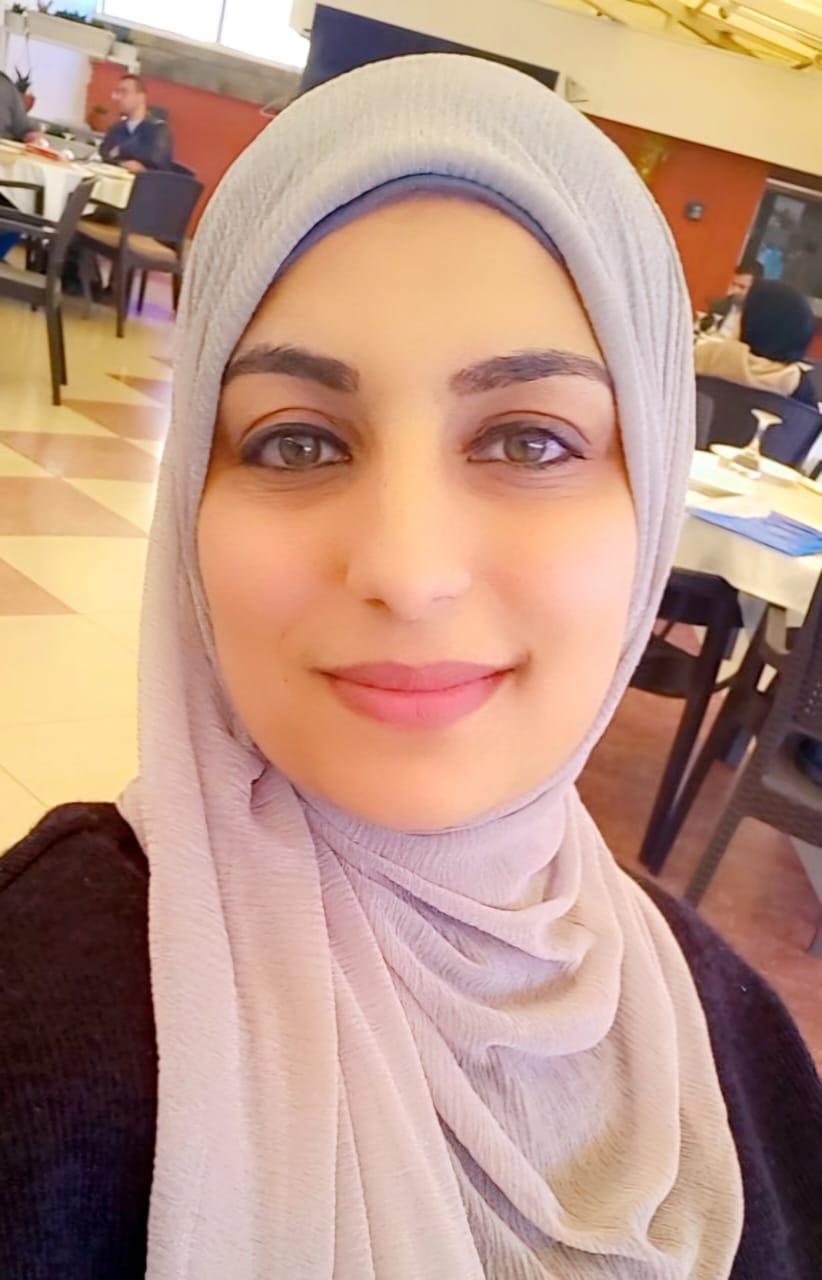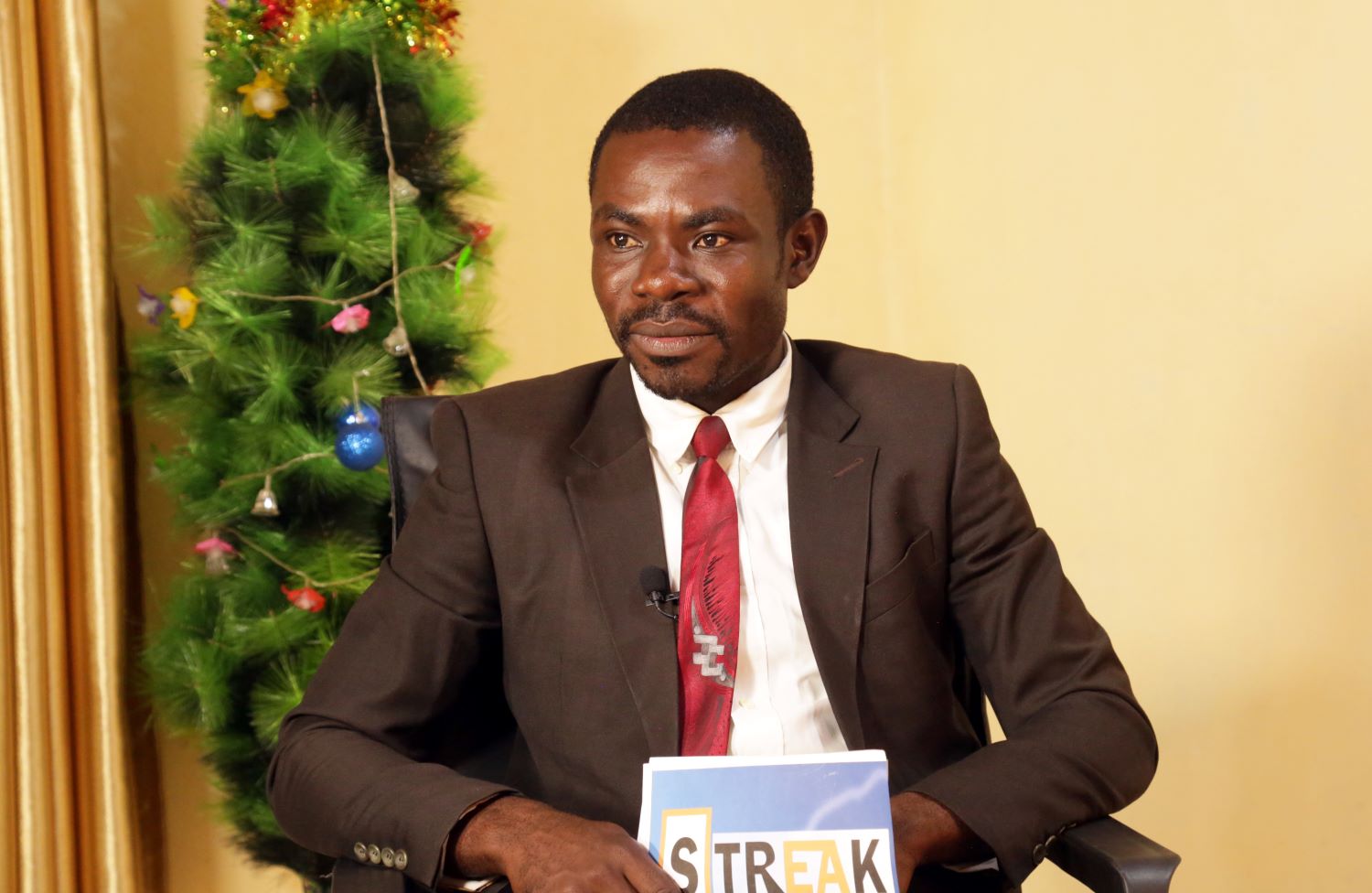في Contrast، نقسم المحتوى الخاص بنا إلى ثلاث فئات: مقاطع فيديو قصيرة (اجتماعية) لمنصات التواصل الاجتماعي وأفلام وثائقية بتقنية 360 درجة وتجارب واقع افتراضي VR الغامرة (Immersive). نأخذ دائماً بعين الاعتبار قنوات التوزيع المقصودة لكل من هذه الأفلام، ونختار أفضل المعدات وتحديداً الكاميرا التي سيتم استخدامها، والتي بدورها ستحدد الوقت اللازم في مرحلة ما بعد الإنتاج.
مقاطع الفيديو القصيرة والتي تترواح مدتها بين دقيقة ونصف إلى دقيقتين لنشرها عبر منصات التواصل الاجتماعي Facebook و YouTube التي تدعم فيديو 360، يتم تصويرها باستخدام كاميرات صديقة للمستهلكين، مثل Samsung Gear 360 أو (Kodak Pixpro و Nikon KeyMission و Xiaomi Yi و Gopro FUSION، إلخ).
أما الأفلام الوثائقية القصيرة، فقد تصل مدتها إلى 6 دقائق، يتم إعداد مقاطع الفيديو بشكل رئيسي لمشاهدتها باستخدام سماعات الرأس المخصصة لأفلام الواقع الافتراضي (رغم أننا ننشرها أيضاً عبر منصات التواصل الاجتماعي). نقوم بتصوير الأفلام باستخدام كاميرا GoPro Omni. هذه القصص تكون عادة أكثر عمقاً مقارنة بمقاطع الفيديو الاجتماعية القصيرة. أما أفلام الواقع الافتراضي VR - التي يتراوح طولها بين 8 و 10 دقائق - فنستخدم لإنتاجها كاميرات تلتقط صوراً مجسمة مثل Nokia Ozo.
هناك بعض الممارسات العامة جدًا عندما يتعلق الأمر بمونتاج فيديو 360 درجة. وهي في معظمها تقنية أكثر من إبداعية. بالطبع، يمكنك اللعب بطرق لبناء قصتك بطريقة مثيرة للاهتمام، لكن لا يمكنك تبديل اللقطات كل ثانيتين كما هو الحال في مقاطع الفيديو التقليدية. في عالم الواقع الافتراضي قد يتسبب ذلك في إزعاج شديد وغثيان لدى الجمهور، خاصةً عند مشاهدة الفيديو باستخدام سماعات الرأس. أحد أهم الأساسيات في إنتاج فيديو 360 هو الحصول على التوقيت المناسب - يجب أن تكون اللقطات طويلة بما يكفي حتى يتمكن الأشخاص من التعرف على المساحة من حولهم، مع الأخذ بعين الاعتبار ألا يجعلهم الوقت الطويل يشعرون بالملل ويفقدون الاهتمام في القصة.
قبل البدء بالمونتاج، من الضروري فهم كيفية العمل على فيديو 360 كملف قابل للتحرير والتعديل، إذ يصبح الفيديو عبارة عن صورة بانورامية في المخطط الزمني لبرنامج المونتاج. من المهم أن تكون على دراية بكيفية عرض مناطق اللقطة المختلفة لأجزاء مختلفة من بيئة 360. أول شيء سيراه المشاهد هو مركز اللقطة.
تحقق من الصورة أدناه:
من الممارسات الأساسية الجديرة بالاهتمام هو تأثير "الإزاحة Offset" في Adobe Premiere الذي يتيح لك "إعادة توجيه" اللقطة الخاصة بك. بشكل أساسي، يمكنك تحريك الصورة من اليسار إلى اليمين (أو العكس) من أجل التحكم في مقطع الفيديو 360 في نقطة العرض المركزية (الوسط غالباً).
وبهذه الطريقة ، يمكنك التحكم في أول شيء سيراه المشاهد، وتوجيه العارض عبر المساحة 360 وفقًا لتسلسل المشاهد. يُعد التقاط الصور المتسلسل طريقة جيدة لإبقاء المشاهدين يتحركون من وجهة نظرهم داخل فضاء درجة360.
الخطوة الأولى لبدء المونتاج هي ضبط إعدادات التسلسل. عند إنشاء تسلسل جديد، تأكد من تعيينه بشكل صحيح على فيديو 360 عن طريق ضبط الإعدادات الخاصة بفيديو 360. وبهذه الطريقة، ستتمكن من معاينة اللقطات ليس فقط بالتنسيق المسطح، بل أيضًا ب360 درجة.
انظر الصورة أدناه:
اعتمادًا على الكاميرا التي تستخدمها، يمكنك التقاط صور أحادية (مسطحة) أو مجسمة (3D). إذا كنت ستنشر الفيديو الخاص بك على شبكات التواصل الاجتماعية، فمن الأسهل استخدام كاميرات مثل Samsung Gear 360، لأن Facebook و Twitter لا يدعمان الفيديو المجسم.
من ناحية أخرى، إذا كان الفيديو الخاص بك سيُنشر بشكل رئيسي على تطبيقات سماعات الرأس مثل Oculus VR أو Viveport أو DayDream أو حتى على YouTube، فإن الخيار الأفضل هو استخدام كاميرا متطورة تلتقط الصور ثلاثية الأبعاد لتجربة غامرة بالكامل (ومن الأمثلة على هذه الكاميرات: GoPro Odyssey و Nokia OZO و Insta360Pro و Jaunt وغيرها).
يختلف التوقيت في فيديو 360 درجة الاجتماعي قليلاً عن توقيت مقاطع الفيديو التي يُراد مشاهدتها في سماعات الرأس. عادةً ما يجب أن تتراوح غالبية اللقطات لمقاطع الفيديو الاجتماعية من 10 إلى 15 ثانية، ولا يزيد الطول الإجمالي لمقاطع الفيديو لدينا عن دقيقتين. يميل مستخدمو الوسائط الاجتماعية إلى التوقف عن مشاهدة 360 مقطع فيديو في غضون ثوانٍ، لذا إذا لم تكن بداية الفيديو جذابة ومشوقة، فستفقد مشاهديك بسرعة.
لا يقوم معظم المستخدمين أيضًا بتشغيل الصوت أثناء مشاهدة مقاطع الفيديو. والحل لذلك هو تضمين الترجمات وإنشاء بطاقات نصية موجزة ودقيقة تمنح الجمهور فكرة عن محتوى الفيديو، خاصة في أول 3 إلى 5 ثوان.
أفضل ما يمكنك فعله هو العمل على مونتاج الفيديو البانورامي ثم مشاهدته بتقنية 360 درجة في Premiere لضبط توقيت اللقطات والبطاقات النصية والرسوم المتحركة.
بالطبع ، يمكن للجمهور الاطلاع على المكان والعثور على أجزاء من اللقطات التي يجدونها أكثر إثارة للاهتمام، لكن من الجيد أن يتضمن الفيديو نوعًا من الإشارات المرئية أو الصوتية للمساعدة في توجيه المشاهد في مساحة 360 درجة. تتمثل الاستراتيجية الجيدة في توجيه الشخصيات التي يتم تصويرها، أثناء الإنتاج، بالانتقال من النقطة أ إلى النقطة ب، حتى تتمكن في مرحلة ما بعد الإنتاج من إنشاء تسلسل يتيح لك استكشاف مساحة 360 دون أن تضيع أو يضيع المشاهد لاحقاً.
مونتاج الأفلام الوثائقية بتقنية الواقع الافتراضي VR:
يتبع فيديو 360 درجة من الأفلام الوثائقية القصيرة وتجارب الواقع الافتراضي VR الغامرة قواعد مختلفة عن محتوى الفيديو الاجتماعي في بعض النواحي. في الأفلام الوثائقية الأطول والتي يُراد مشاهدتها في سماعة الرأس وتوفر تجربة غامرة حقًا، يمكن أن تكون اللقطات أطول من 15-20 ثانية، اعتمادًا على القصة وما يحدث في اللقطة. يحتاج طول اللقطة إلى منح الجمهور وقتًا كافيًا ليشعر بأنه مشمول في المشهد، وكذلك متابعة رحلة الشخصية الرئيسية في الفيلم.
من ناحية تقنية، ستستخدم مقاطع فيديو عالية الجودة أكثر من مقاطع الفيديو الاجتماعية. عند القيام بذلك، فالأفضل العمل على نسخة ذات جودة منخفضة (2K) ولقطات تم تجميعها بشكل أولي. بمجرد وصولك إلى مرحلة تعرف فيها بالضبط اللقطات التي ستستخدمها في المقطع النهائي، والوقت الخاص بكل لقطة، ستكون جاهزًا للعمل على اللقطات التي تم تجميعها نهائياً ولقطات ذات جودة عالية مدمجة [4K (4096x2048 mono/4096x4096 stereo) or 6K (6144x3072 mono/6144x6144 stereo).
إذا قررت العمل باستخدام لقطات بحجم 6K ، فاحرص لاحقاً على تحويله إلى 4K لاحقًا من أجل نشر الفيديو الخاص بك على Facebook أو تشغيله في سماعات الرأس Samsung Gear VR أو Oculus. فعلى سبيل المثال، لا يقبل Samsung Gear VR الملفات التي يزيد حجمها عن 4 جيجا بايت، وهذا شيء يجب أخذه في الاعتبار عند تصدير الفيديو 360.
الصوت المكاني هو عنصر مهم آخر من عناصر الأفلام الوثائقية بتقنية الواقع الافتراضي VR. من الضروري تقديم تجربة غامرة تمامًا للجمهور، ليس فقط من خلال الاستخدام المدروس والإبداعي للقطات 360، ولكن أيضًا من خلال منحهم إحساسًا بالبيئة من خلال مزيج صوتي مكاني مناسب يساعد في توجيههم خلال المشهد. من المثير للاهتمام أيضًا إضافة المؤثرات الصوتية إلى المشاهد التي تناسبها - لاستكمال الرسوم المتحركة بطريقة تجعلها تبدو أكثر واقعية وجذابة. من الأمثلة الجيدة على استخدام التصميم الصوتي المكاني مع المؤثرات الصوتية والرسوم المتحركة فيلم "أنا روهينجا"، شاهده لمعرفة المزيد حول المزج الصوتي المكاني.
ترقبوا مدونة الجزء الثالث لمرحلة ما بعد الإنتاج.
